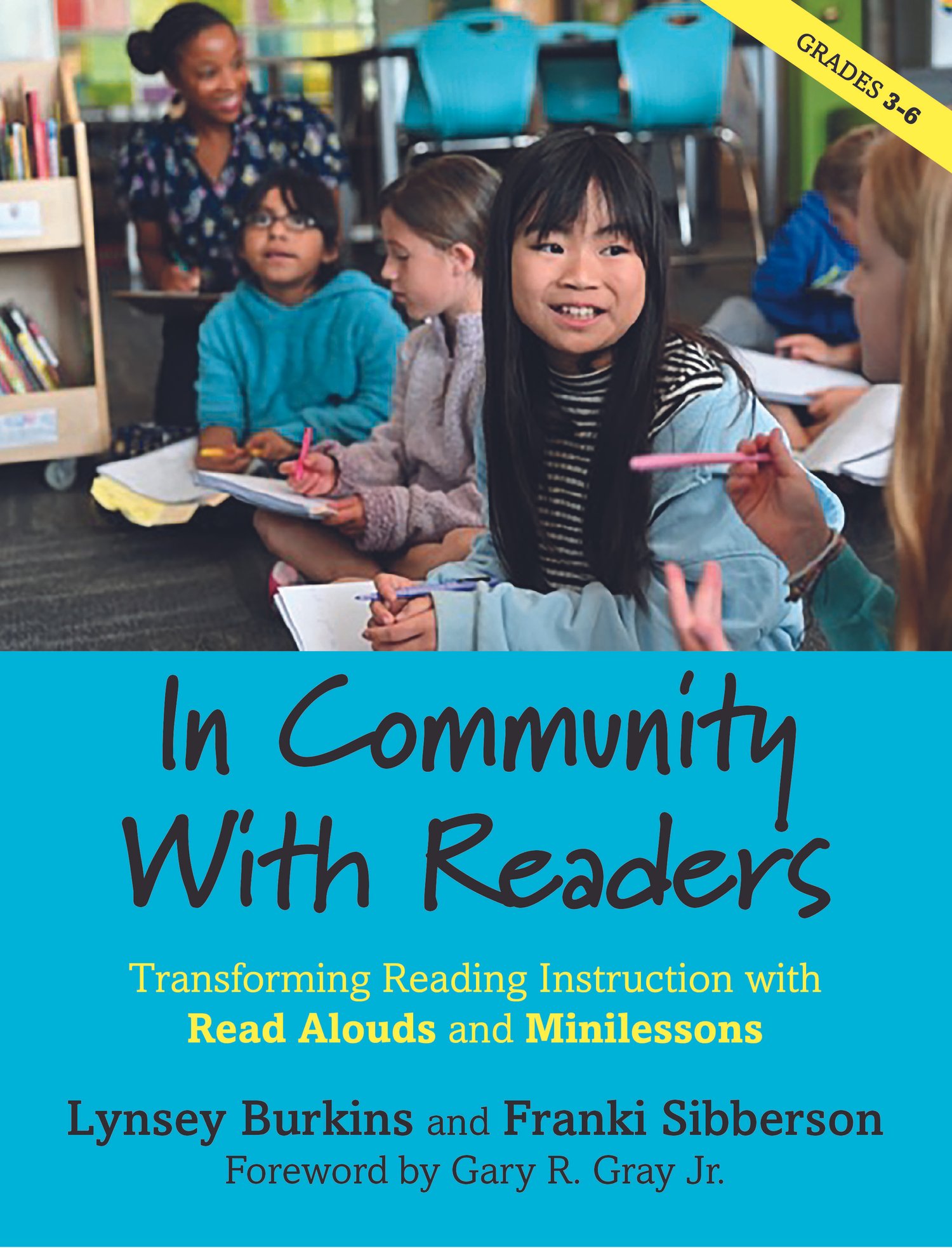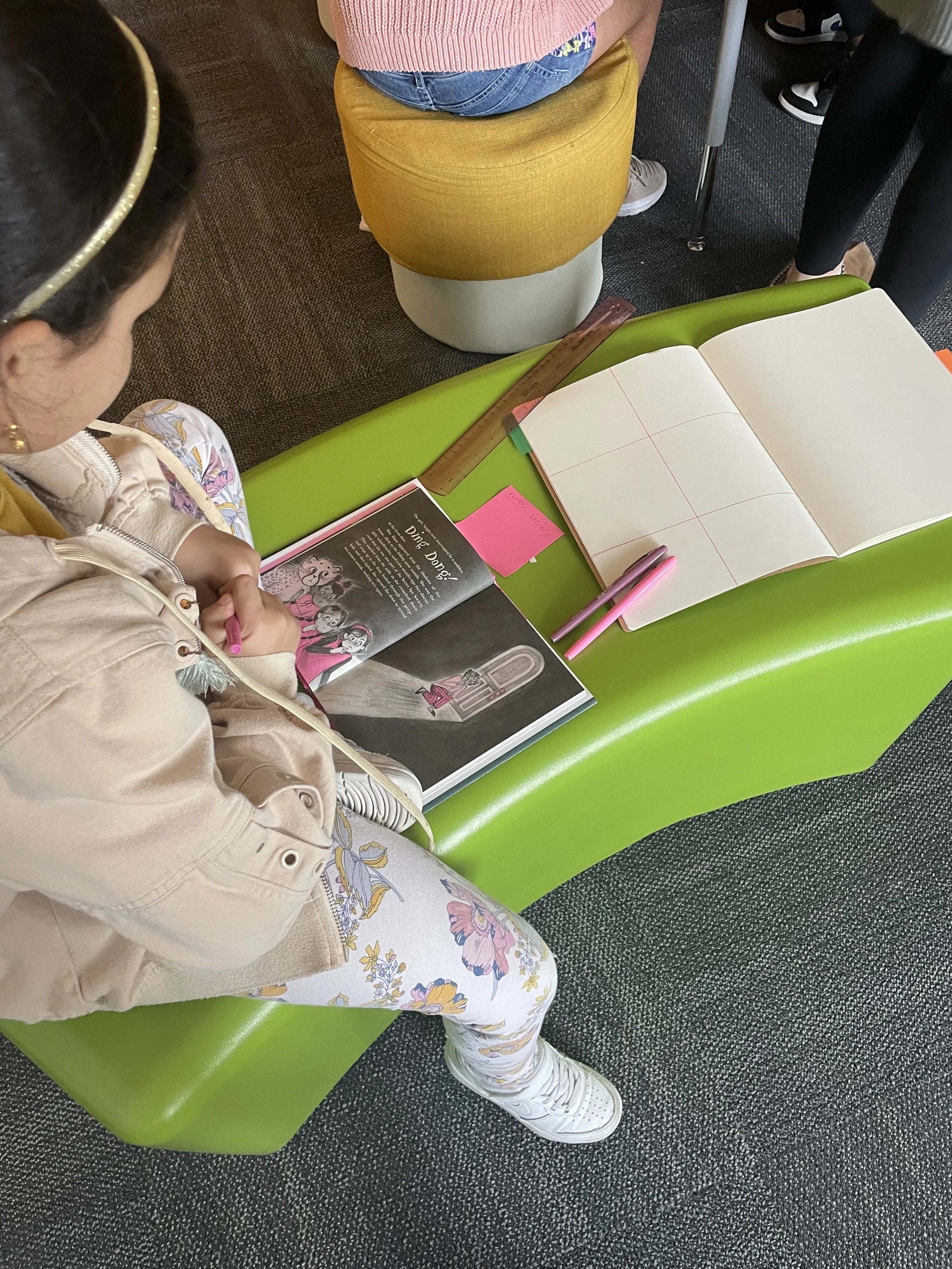Using Classroom Photos in Minilessons
We are often asked how it is that we build lessons that teach the standards AND are responsive to our students. We talk about using student work, student words and student photos to build these routines. This work begins on the first day of school. So much of our time during the first eight weeks is about listening, naming and lifting all that students are doing. We know that from the first day of school, we want our children to know that we are listening to their words and celebrating their brilliance.
We snap pictures, jot down notes and capture overheard conversations starting from day one of the school year. One way that we teach in a responsive way is by using photos. We love to share current classroom photos as anchors for our mini lessons and we love to start that routine early in the year. We project the photo on the white board so we can study and discuss it together. It is a powerful thing to mirror learning back to our students and to give the community time to notice, name and reflect.
This photo was used early in the year as an anchor for talking about being intentional about the learning tools we choose when annotating our reading. We could start a minilesson around a photo like this in a variety of ways by involving the child pictured in the minilesson:
“I noticed you have a sticky note and a notebook for annotating today. Are you using these in different ways to track your thinking?”
“I noticed you divided your notebook page into 6 sections. What are you planning and how did you decide to do this?”
“You have a few different learning tools. Can you explain how you are using them to support your thinking around your reading”
“How did today’s seat work out for you? Was it a good learning space for this work?”
“You chose to work on your own today. Did they work for you and why?”
And then following up with invitations such as:
Has anyone used these tools in similar ways?
Has anyone used these tools in different ways?
Has anyone else tried dividing their page to organize their thinking?
Did anyone use a new learning tool today?
How did the seat you chose work for you today during writing workshop?
What new idea do you have after minilesson?
By involving the children in the minilesson, we honor the way that individuals learn and the choices they make as learners. It also invites other readers in the community to try things they’ve seen classmates share. As we begin to ask these questions of students during minilesson time and as we give them time to think about and explain their intentional choices, we build the routines needed to honor student agency. At the same time, we support the whole class in reflecting and naming the intentionality to their own work. It is easy to take a lesson like this and tie it to standards around annotation, finding evidence in the text, tracking characters, identifying themes and more.
The content of the lessons we teach is important. Equally important are the messages a lesson like this gives children early in the year. In our journey to create an intellectual and joyful community of learners, a lesson based on what we notice is powerful for so many reasons.


